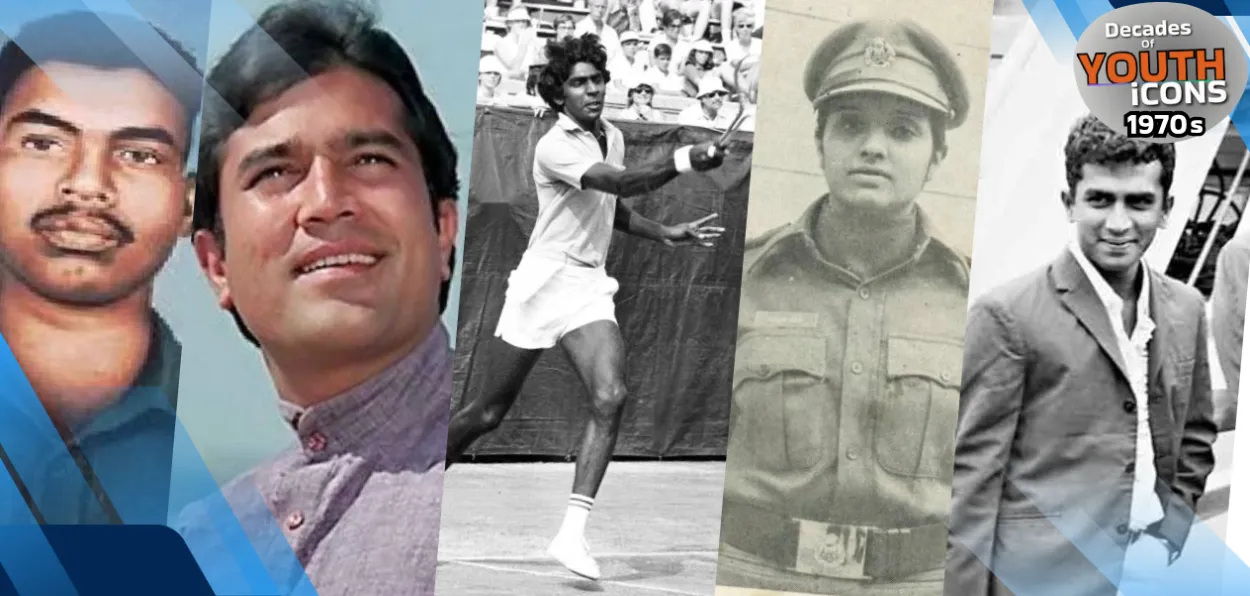
Saquib Salim
The 1970s were the most tumultuous; they changed the nation’s direction in many ways. India conducted its first nuclear test at Pokhran, and gave a crushing defeat to Pakistan in the 1971 war - this created a triumphant environment in the country. This phase was followed by the imposition of emergency, a dark chapter in Indian politics, and the subsequent rise and fall of the Janata Party.
The churning in this period gave us the following five youth icons:
Kiran Bedi
The first woman to join the Indian Police Service (IPS) in 1972 was a pioneer and role model for women. Back then, policing was considered to be a tough job for women. Kiran Bedi, at the age of 23, broke the glass ceiling. While studying at Amritsar, she played Lawn Tennis and went on to win several national tournaments.
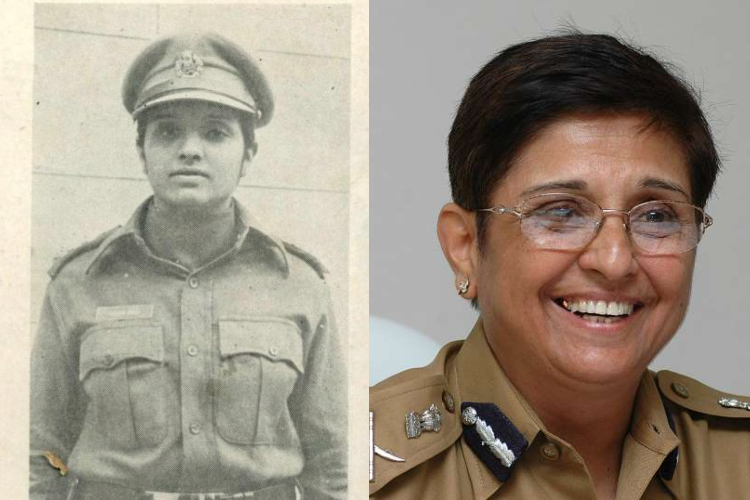
Kiran Bedi:India's first woman police officer
In 1970, Bedi started teaching at Khalsa College, Amritsar. In 1972, she joined the IPS as its first woman officer. Her first posting was in Delhi in 1975, and it coincided with the International Women’s Year. The same year, she led the police contingent at the Republic Day Parade in New Delhi.
It did not take long to prove that women can lead the police. In November 1978, a group of Akali Dal activists protested against the Nirankaris, and the violence erupted. Kiran Bedi, the DCP, handled the situation professionally even after being hit on the head. She was conferred with the President’s Medal for gallantry in 1979.
Vijay Amritraj
In 1973-74, Vijay Amritraj stunned the world by beating Lawn Tennis giants like Rod Laver and Bjorn Borg. Lawn Tennis was not well-known and the least played sport in India back then. The Telegraph reported on 30 July 1973, “The short bald tennis fan looked almost guilty when he asked the reporter, "You cover the tennis circuit. Have you ever heard of this kid from India before?
The name Vijay Amritraj caused no excitement in European and American tennis circles before the past weekend. Then the slender 19-year-old, who originally took up tennis because of his poor health, strolled onto the red clay courts at Mount Washington Hotel for the $25,000 Volvo International Tennis Tournament. In the three days, he demolished Australian aces Rod Laver and John Alexander and the new U.S. Pro Tennis champion Jimmy Connors of Belleville, to win the tournament, $5,000, and a choice of $6,000 plus a Volvo sports car.”
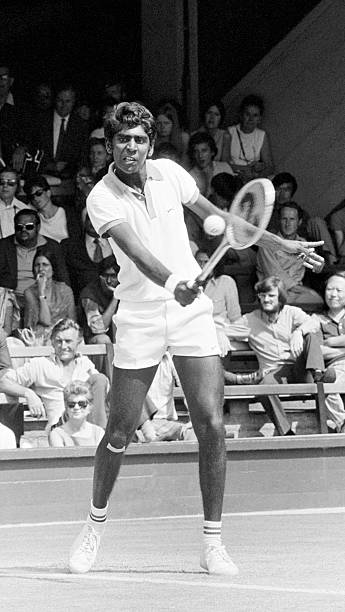
Tennis star Vijay Amritraj
Vijay Amritraj played quarterfinals at the US Open and Wimbledon, upsetting several ‘greats’ of the time. Partnering with his brother Anand Amritraj, he also played Wimbledon doubles in 1976. Indians started following the game, and followers of the game started looking towards India. Vijay would go on to star in a James Bond movie as well, adding glamour to his persona. Leander Paes, Mahesh Bhupati, Rohan Bopanna, Sania Mirza, and others were possible in decades to come because of the foundation laid by Amritraj.
Rajesh Khanna
“Today, my son Salman Khan is a big star. Crowds cluster daily in front of our house to catch a glimpse of him. People often come to me and say that they haven't seen such a craze for any star before this. But I tell these people that just a small distance away from here, on Carter Road, I have witnessed many such sights in front of Aashirwad. And I have never seen that kind of mass adulation for any other star after Rajesh Khanna.” Salim Khan wrote these words in praise of Rajesh Khanna.
In the early 1970s, the first superstar of Indian cinema was born. Before him, Dilip Kumar, Raj Kapoor, Dev Anand, etc. were called stars, but here came a man who conquered it all. The popularity remains unmatched. The films were romantic yet deeply rooted in the social realities of India. His films talked of social evils, political corruption, and human emotions in a never-before fashion. The youth followed his dressing style; even Khanna cut Kurta was named after him.
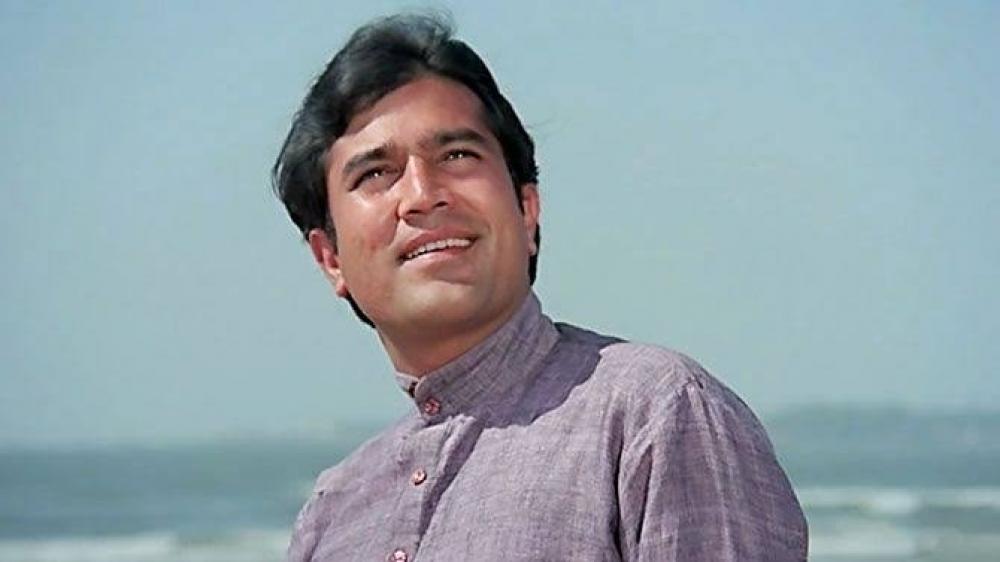
Rajesh Khanna: Indian cinema's first superstar
Popularly called Kaka, Rajesh Khanna’s biographer Yasser Usman writes, “In the context of Rajesh Khanna's stardom, a very interesting analogy was being used in the film industry: 'Upar Aaka, neeche Kaka.’ [God above, Kaka below.] Such words had never been spoken for any other star before Rajesh Khanna, and haven't yet for anyone after him. A beggar positioned outside his shooting at Mithibai College in Vile Parle, Bombay, had been known to beg for alms in the name of his new God — Rajesh Khanna! Perhaps this was a reflection of the fact that Rajesh's transition from man to God was metaphorically complete.”
Sunil Gavaskar
C. D. Clark wrote in 1980, “Significantly, at the time India threatened the three major cricketing powers, a batsman appeared in their ranks who, almost overnight, made the rest of the world sit up and take notice…. Here was a batsman who could set new standards and records that had previously not been thought possible simply because he played for one of the 'lesser' countries. Sunil Gavaskar disproved the theory and, in time, was to become the most prolific run-scorer in the history of Indian cricket.”
At a time when Indians followed Cricket religiously, but their team was a minnow, Gavaskar came like a messiah. In his first test series in 1971, against the fearsome West Indies pace attack, he scored 774 runs - the highest by a debutant and still an Indian record. The record is even more remarkable if we consider that he played only 4 of the 5 tests and was not completely fit.
 Fans stormed the pitch to congratulate Sunil Gavaskar during a match in England in 1974
Fans stormed the pitch to congratulate Sunil Gavaskar during a match in England in 1974
The average of 154 was also second to the great Donald Bradman. India won its first test series in the West Indies and got a man who would not accept defeat at any cost. The next decade belonged to Gavaskar. Every Indian boy wanted to be like him. Sachin, Manjrekar, Azharuddin, Kambli, etc, followed in his footsteps. But, more than that, he gave hope that Indians can bat against fast bowlers and score runs.
Albert Ekka
Glory on the battlefield is the ultimate goal of the youth of a living nation. India has produced its war heroes since 1947. Albert Ekka, the first adviasi to win Param Vir Chakra, touched the ultimate glory for a soldier at a young age of 29 by sacrificing his life in the line of duty. This was the night of 3 December 1971, when the Indian army led by Lt. Col. O. P Kohli was at Gangasagar (West Bengal).
The Pakistani Army was in bunkers with MMGs, while the Indian soldiers were with rifles. Albert Ekka noticed an enemy's light machine gun (LMG) inflicting heavy casualties on his company. With complete disregard for his personal safety, he charged the enemy bunker, bayoneted two enemy soldiers, and silenced the LMG. Though seriously wounded in this encounter, he continued to fight alongside his comrades through the mile-deep objective, clearing bunker after bunker with undaunted courage.
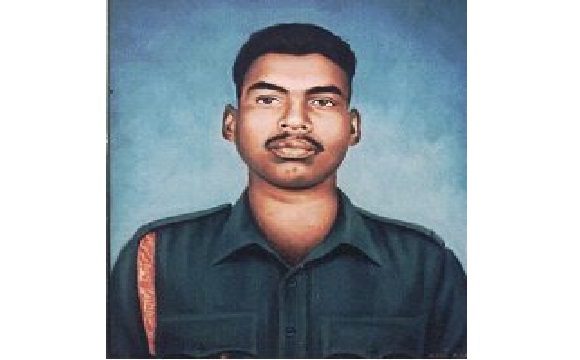 Martyr Albert Ekka
Martyr Albert Ekka
Towards the northern end of the objective, one enemy medium machine-gun (MMG) opened up from the second storey of a well-fortified building, inflicting heavy casualties and holding up the attack. Once again, this gallant soldier, without a thought for his safety, despite his serious injury and the heavy volume of enemy fire, crawled forward till he reached the building and lobbed a grenade into the bunker, killing one enemy soldier and injuring the other. The MMG, however, continued to fire. With outstanding courage and determination, Lance Naik Albert Ekka scaled a side wall and, entering the bunker, bayoneted the enemy soldier who was still firing and thus silenced the machine gun, saving further casualties to his company and ensuring the success of the attack.
ALSO READ: A war hero to Miss World: 5 youth Icons of Indians in the 1960s
In this process, however, he received serious injuries and succumbed to them after the capture of the objective. In this action, Lance Naik Albert Ekka displayed the most conspicuous valour and determination and made the supreme sacrifice in the best traditions of the Army.”
Ekka became a hero among adivasis and inspired thousands more to join the Indian Army.
